Filter content below by Health Organization
Health Organization
B.C. health organizations are committed to reducing their energy and carbon footprint without compromising patient care or employee comfort. Programs include existing building upgrades, new expansion and facility design and construction, maintenance and operations of facilities, and staff engagement.
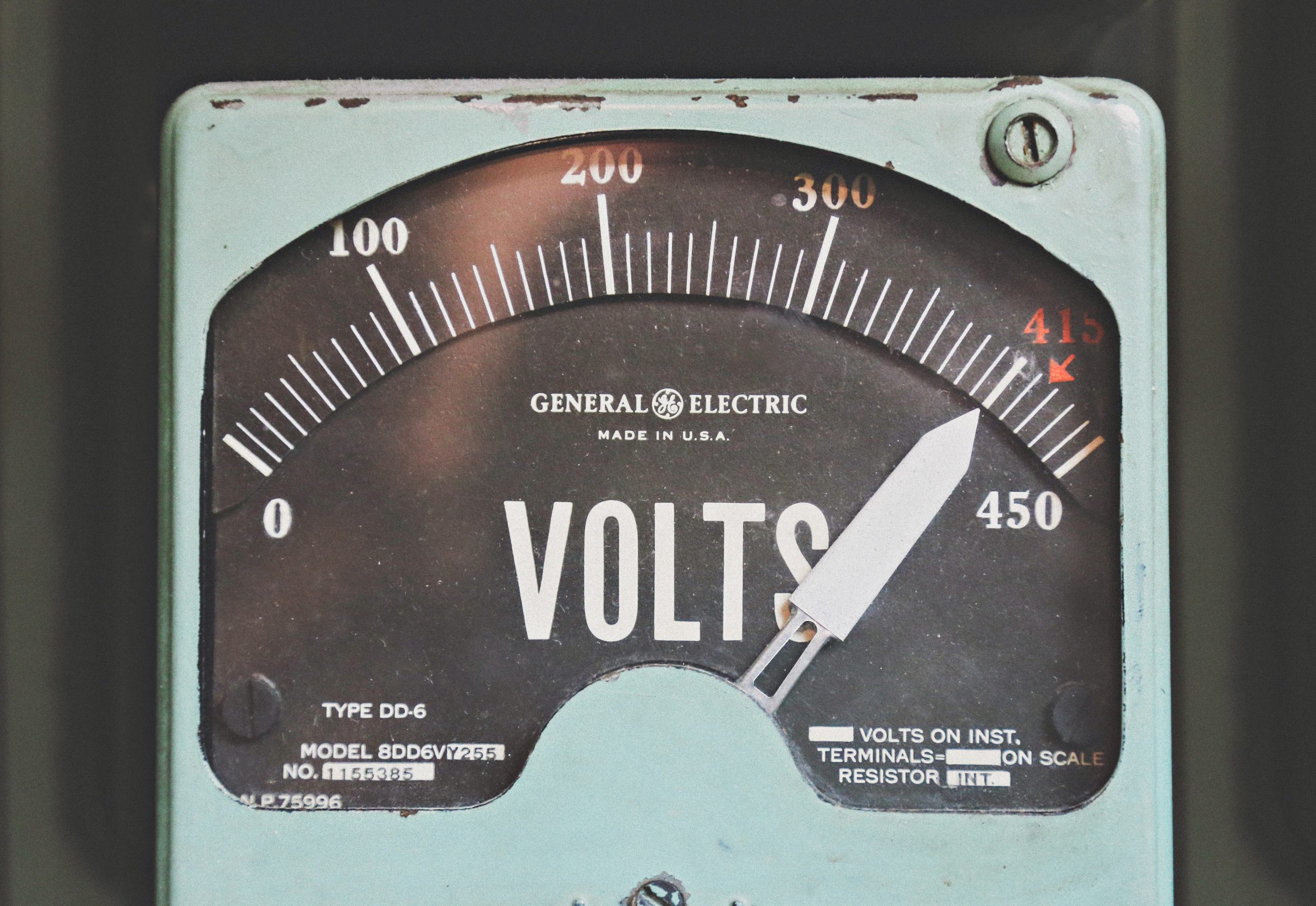
Goals and impact
- Achieve climate-neutral operations by increasing energy efficiency, switching to a low-carbon supply and purchasing carbon offsets.
- Reduce reliance on fossil fuels to mitigate negative climate impacts, increase climate resiliency and support human health into the future.
- Reduce greenhouse gas (GHG) emissions and align with the Climate Change Accountability Act and the CleanBC plan.
- Analyze and report on energy consumption and budgets to increase organizational knowledge of the environmental and financial benefits of this work.
- Integrate low-carbon resilience design strategies into capital projects and new developments.
- Incorporate Energy and Carbon activities into all other Focus Areas.
To meet the CCAA target, decrease total GHG emissions from owned and leased buildings, fleet vehicles and paper use from 2007 levels (% change of tCO2e/year)
16%
2025
40%
2030
To meet the Clean BC Plan target, decrease total GHG emissions from owned and leased buildings from 2010 levels (% change of tCO2e/year)
16%
2025
50%
2030
Decrease the amount of GHG emissions generated per floor area of owned and leased buildings from 2010 levels (% change of tCO2e/ m2/year)
25%
2025
50%
2030
Decrease the amount of energy used per floor area of owned buildings from 2007 levels (% change of ekWh/m2/year)
20%
2025
25%
2030
To meet the CCAA target, decrease total GHG emissions from owned and leased buildings, fleet vehicles and paper use from 2007 levels (% change of tCO2e/year)
16%
2025
40%
2030
To meet the Clean BC Plan target, decrease total GHG emissions from owned and leased buildings from 2010 levels (% change of tCO2e/year)
16%
2025
50%
2030
Decrease the amount of GHG emissions generated per floor area of owned and leased buildings from 2010 levels (% change of tCO2e/ m2/year)
25%
2025
50%
2030
Decrease the amount of energy used per floor area of owned buildings from 2007 levels (% change of ekWh/m2/year)
20%
2025
30%
2030
To meet the CCAA target, decrease total GHG emissions from owned and leased buildings, fleet vehicles and paper use from 2007 levels (% change of tCO2e/year)
16%
2025
40%
2030
To meet the Clean BC Plan target, decrease total GHG emissions from owned and leased buildings from 2010 levels (% change of tCO2e/year)
16%
2025
50%
2030
Decrease the amount of GHG emissions generated per floor area of owned and leased buildings from 2010 levels (% change of tCO2e/ m2/year)
35%
2025
50%
2030
Decrease the amount of energy used per floor area of owned buildings from 2007 levels (% change of ekWh/m2/year)
25%
2025
30%
2030
To meet the CCAA target, decrease total GHG emissions from owned and leased buildings, fleet vehicles and paper use from 2007 levels (% change of tCO2e/year)
16%
2025
40%
2030
To meet the Clean BC Plan target, decrease total GHG emissions from owned and leased buildings from 2010 levels (% change of tCO2e/year)
16%
2025
50%
2030
Decrease the amount of GHG emissions generated per floor area of owned and leased buildings from 2010 levels (% change of tCO2e/ m2/year)
40%
2025
50%
2030
Decrease the amount of energy used per floor area of owned buildings from 2007 levels (% change of ekWh/m2/year)
15%
2025
25%
2030
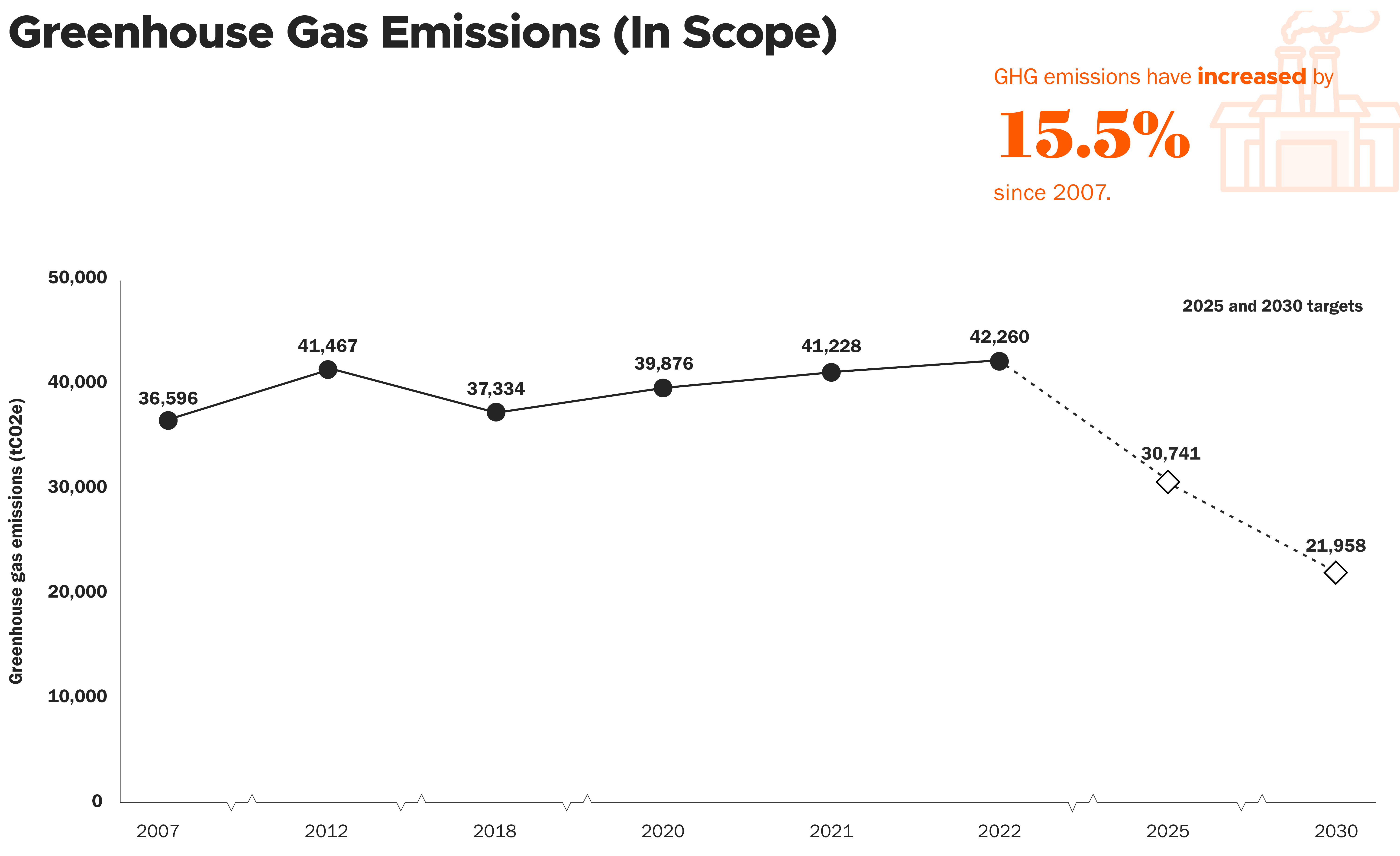
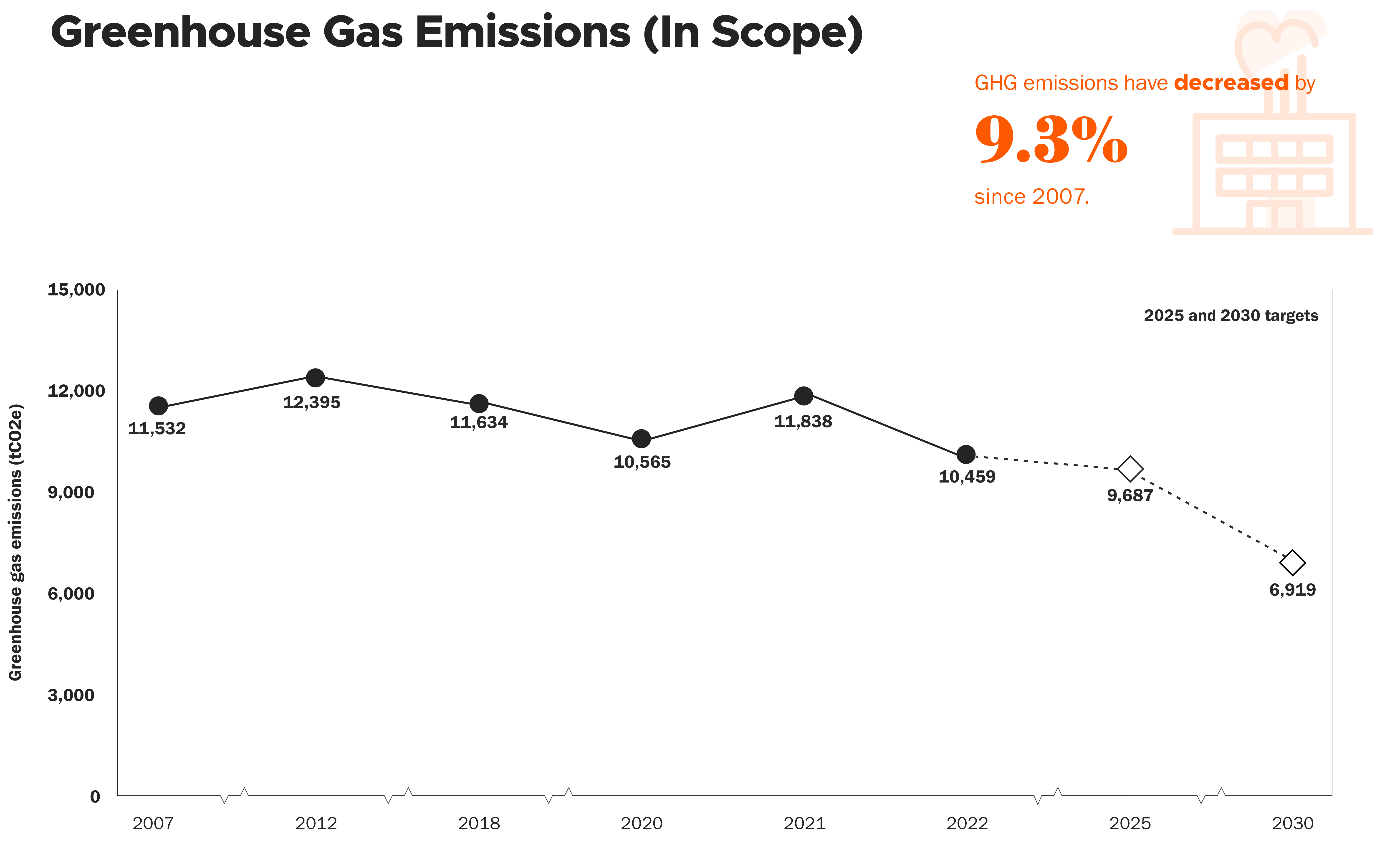
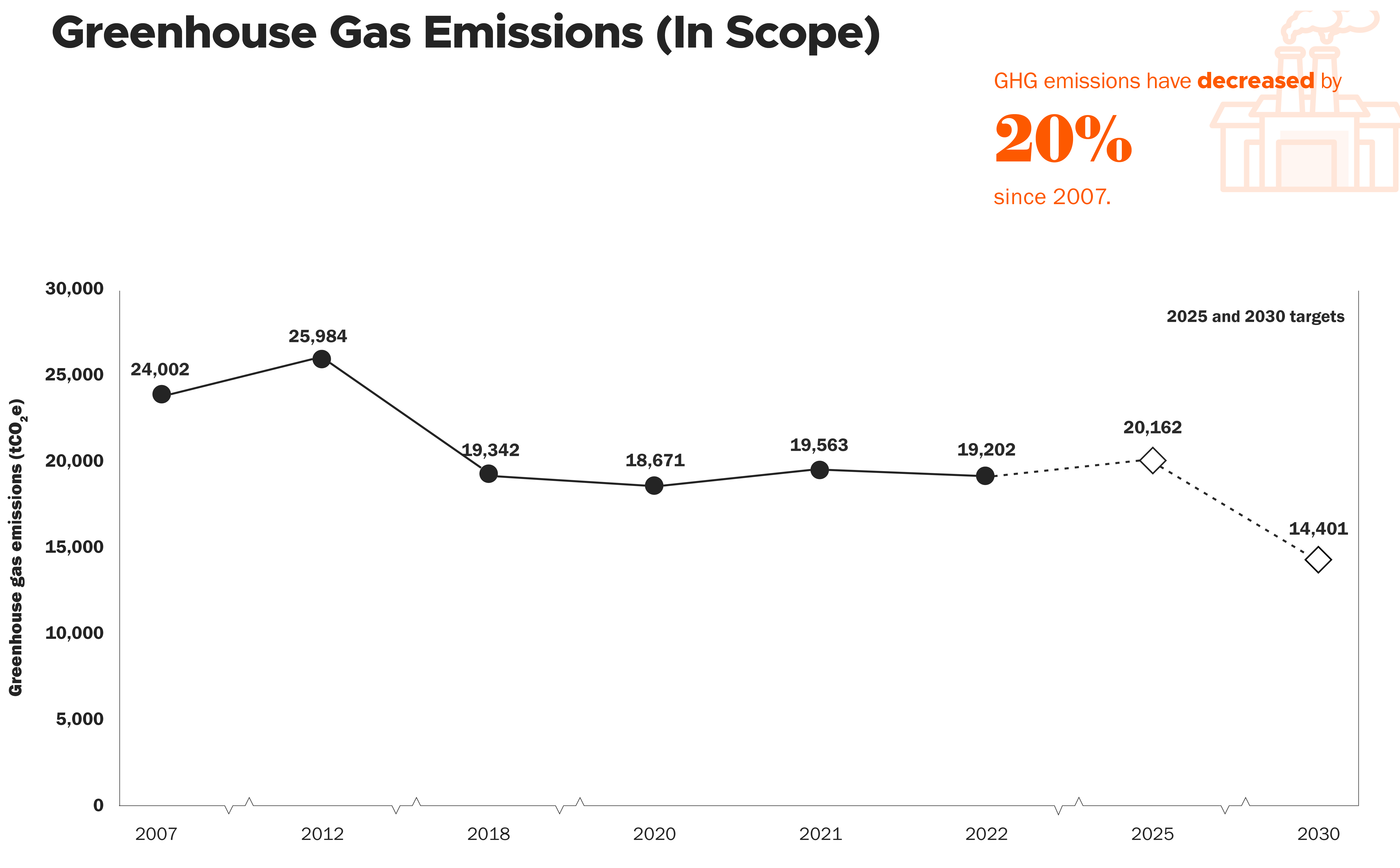

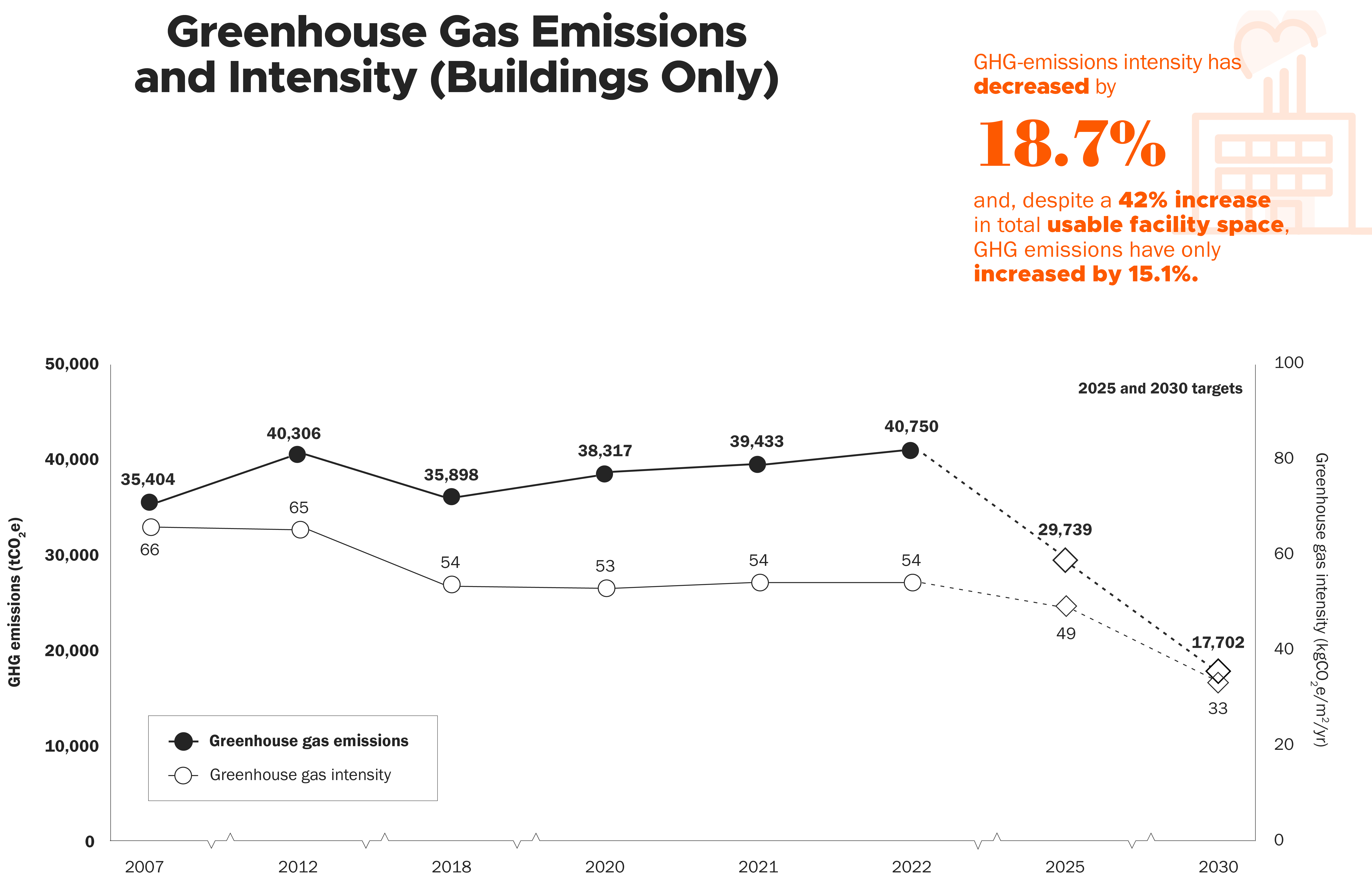
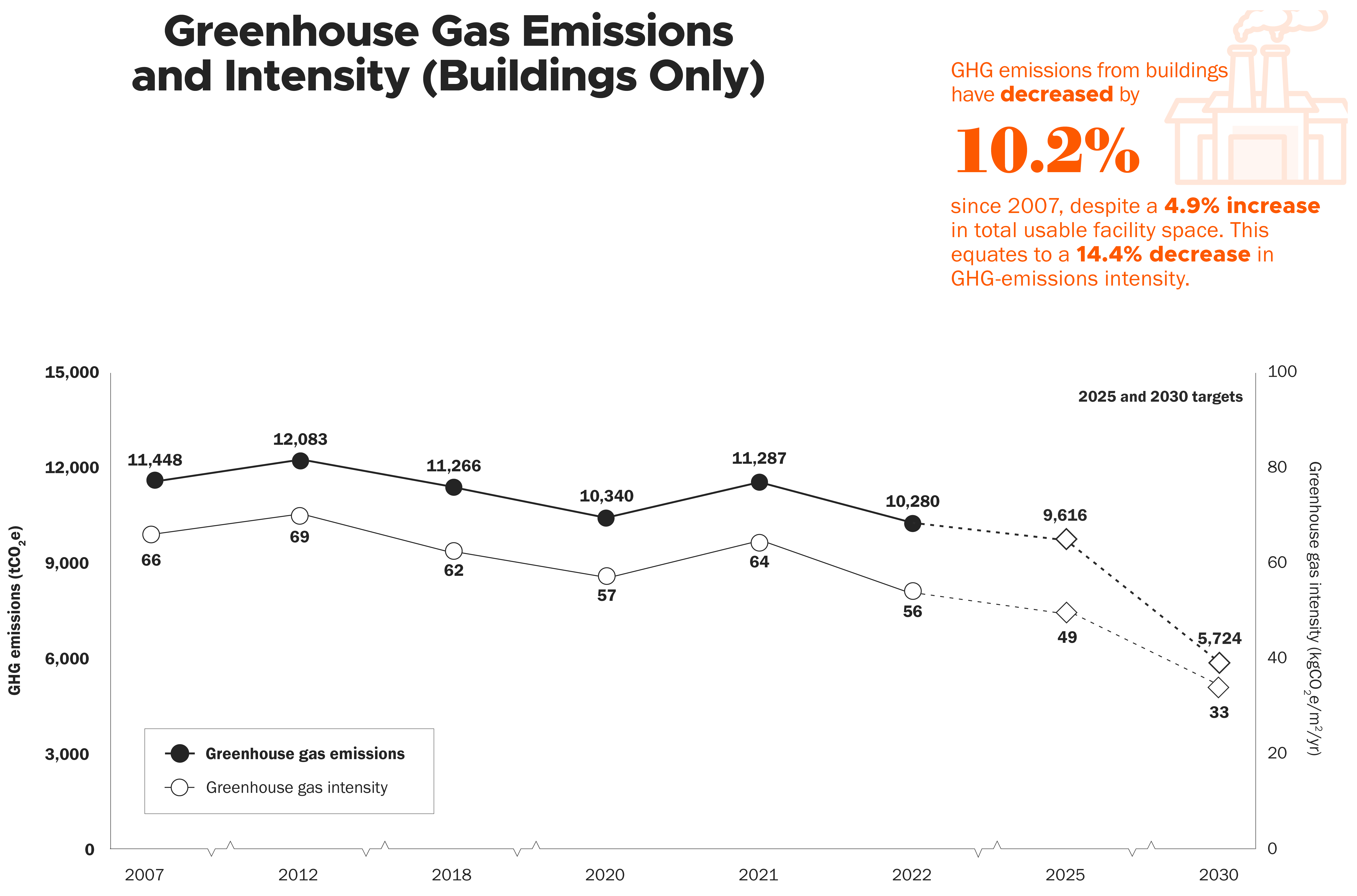

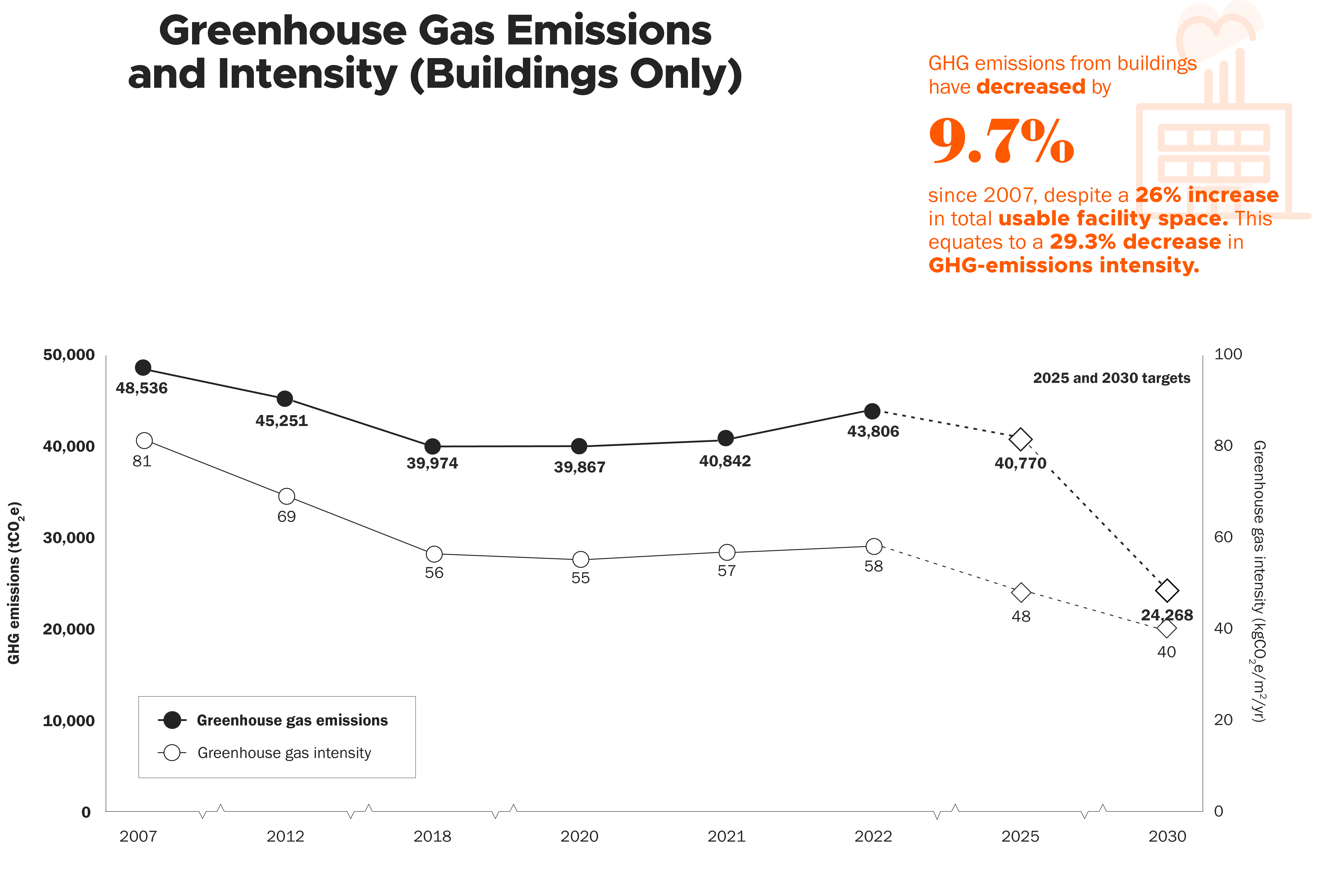
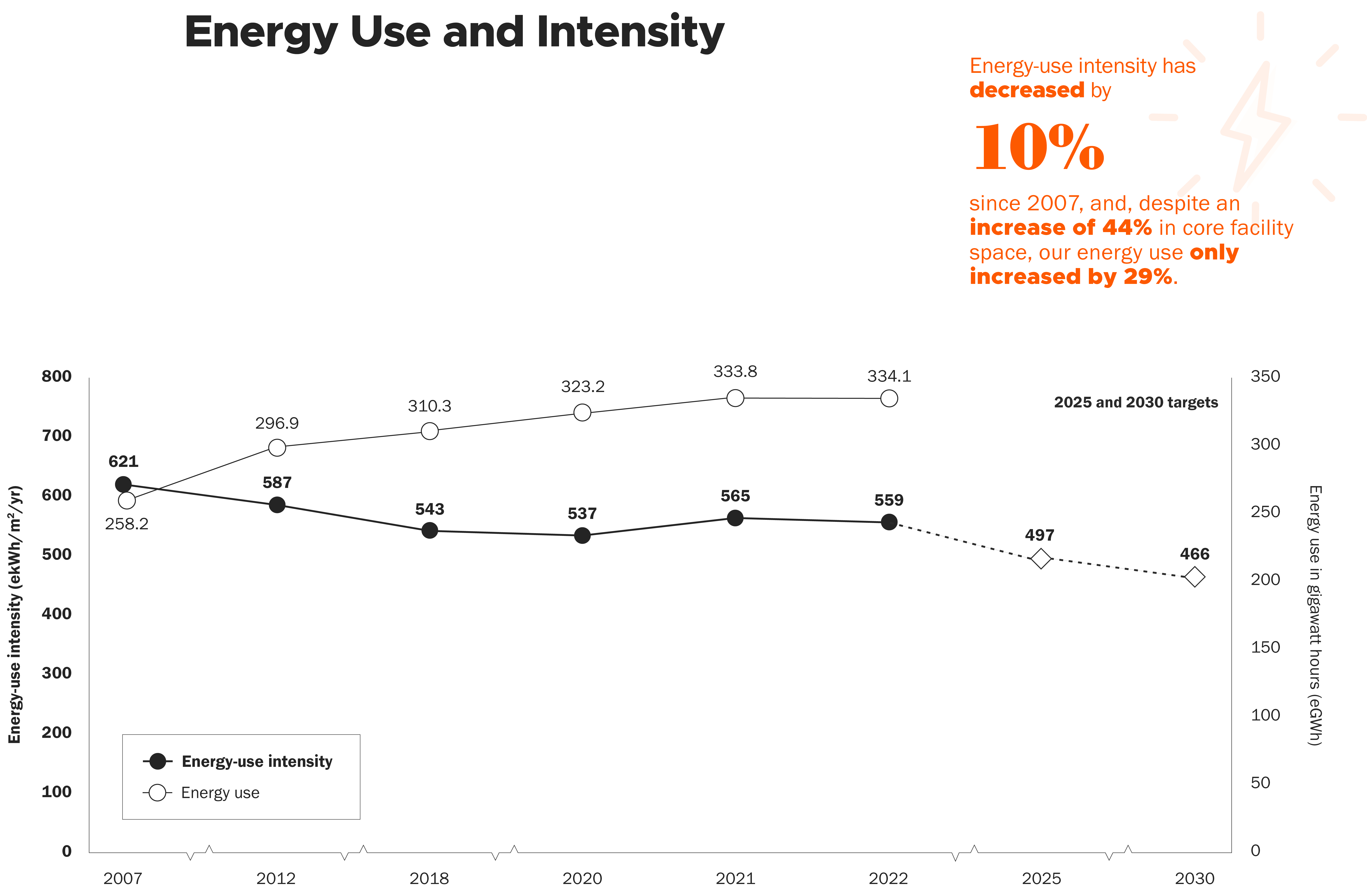
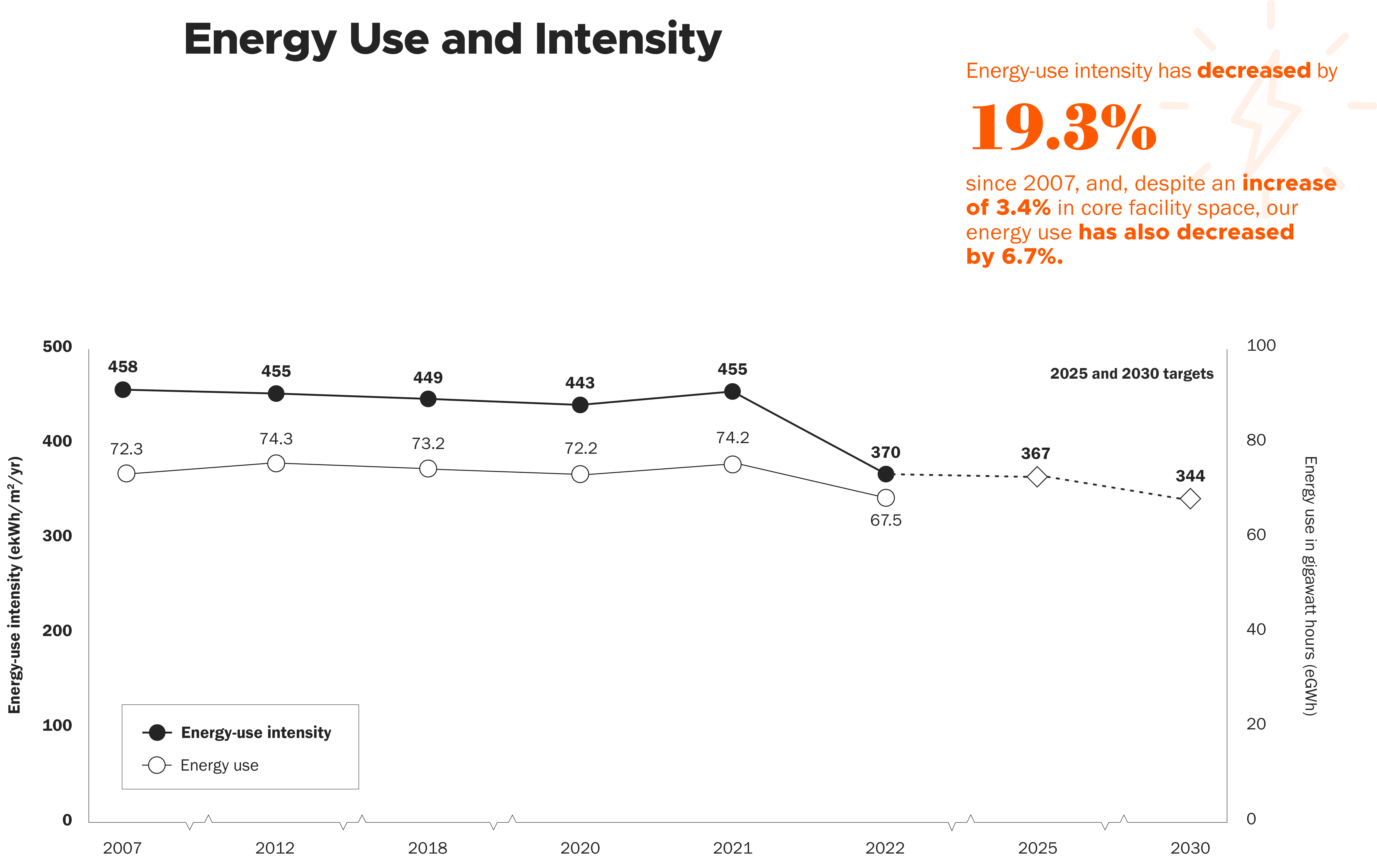
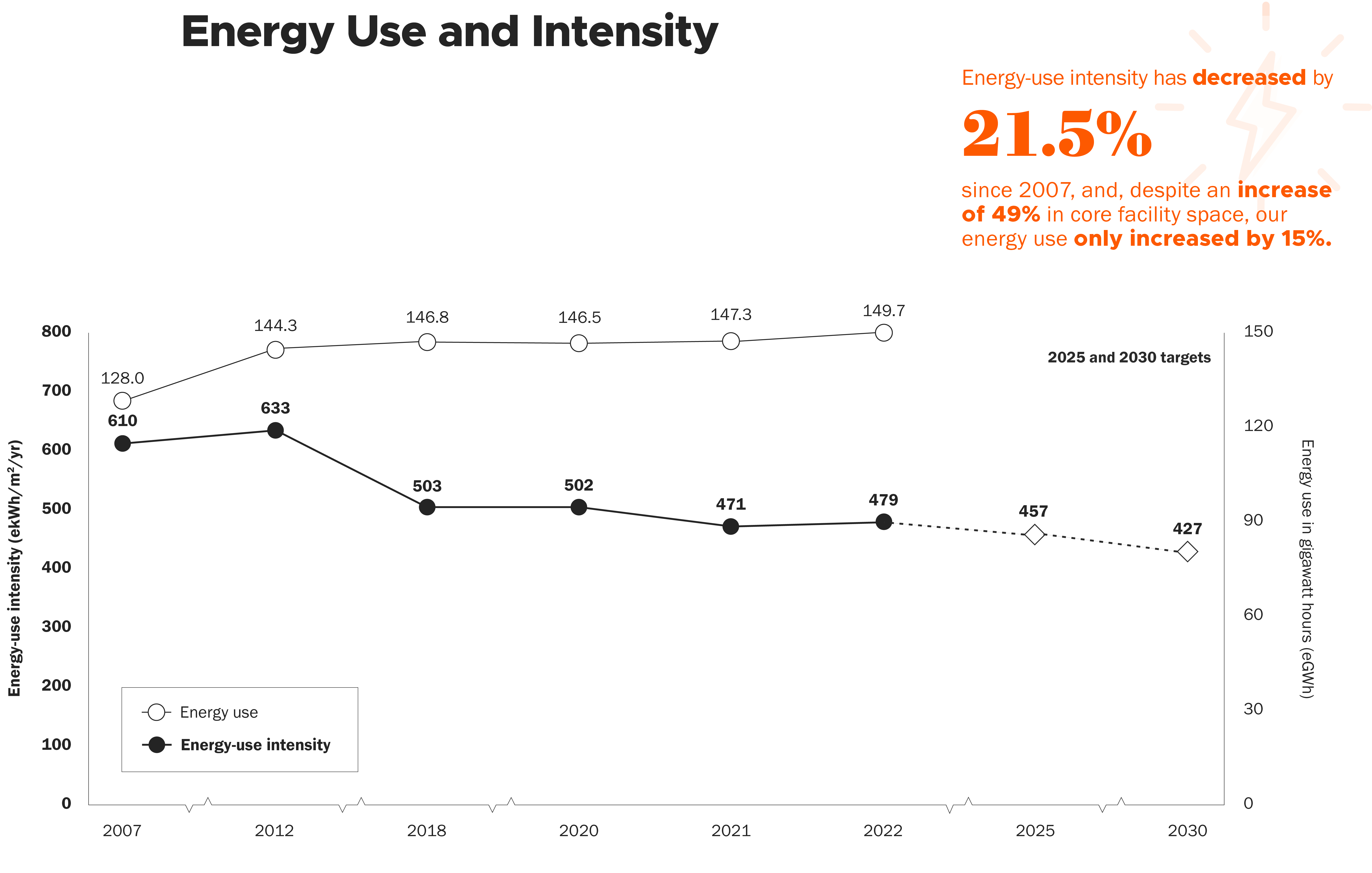
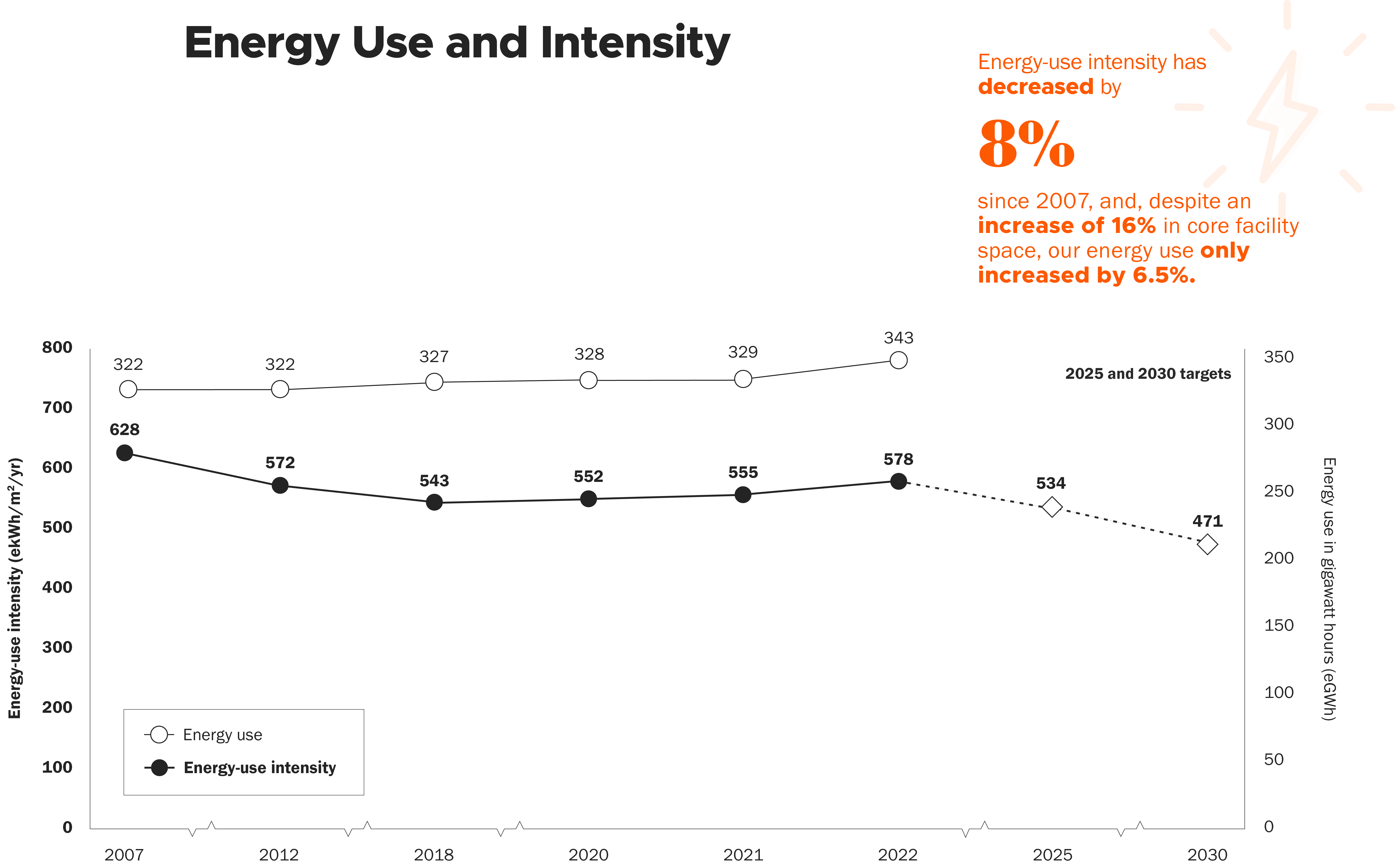
Want to see how we are doing?
Click here to read the latest Environmental Performance Accountability Report
Facilitation and support
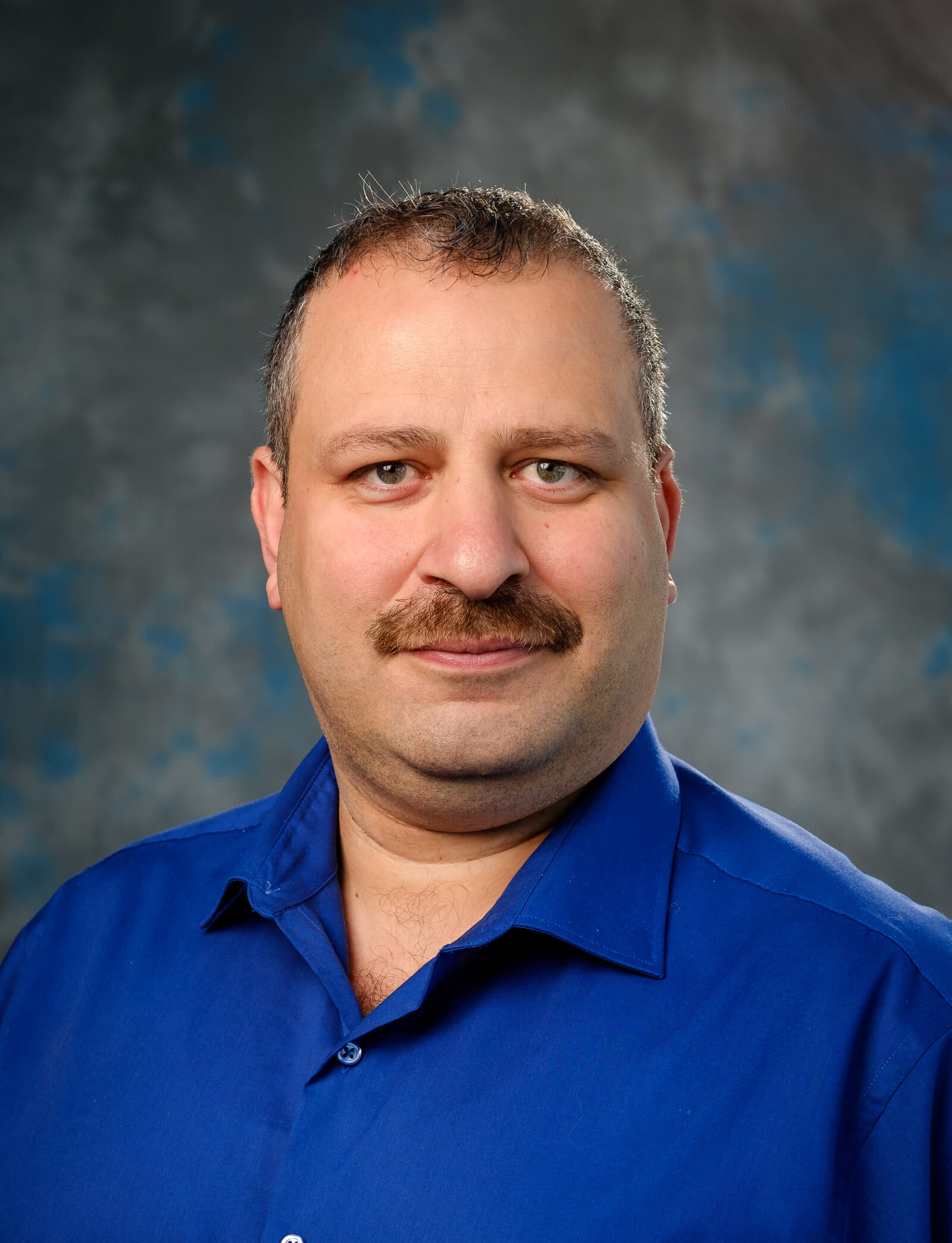
Sabah Ali
Vancouver Coastal HealthEnergy and Emissions Project Manager
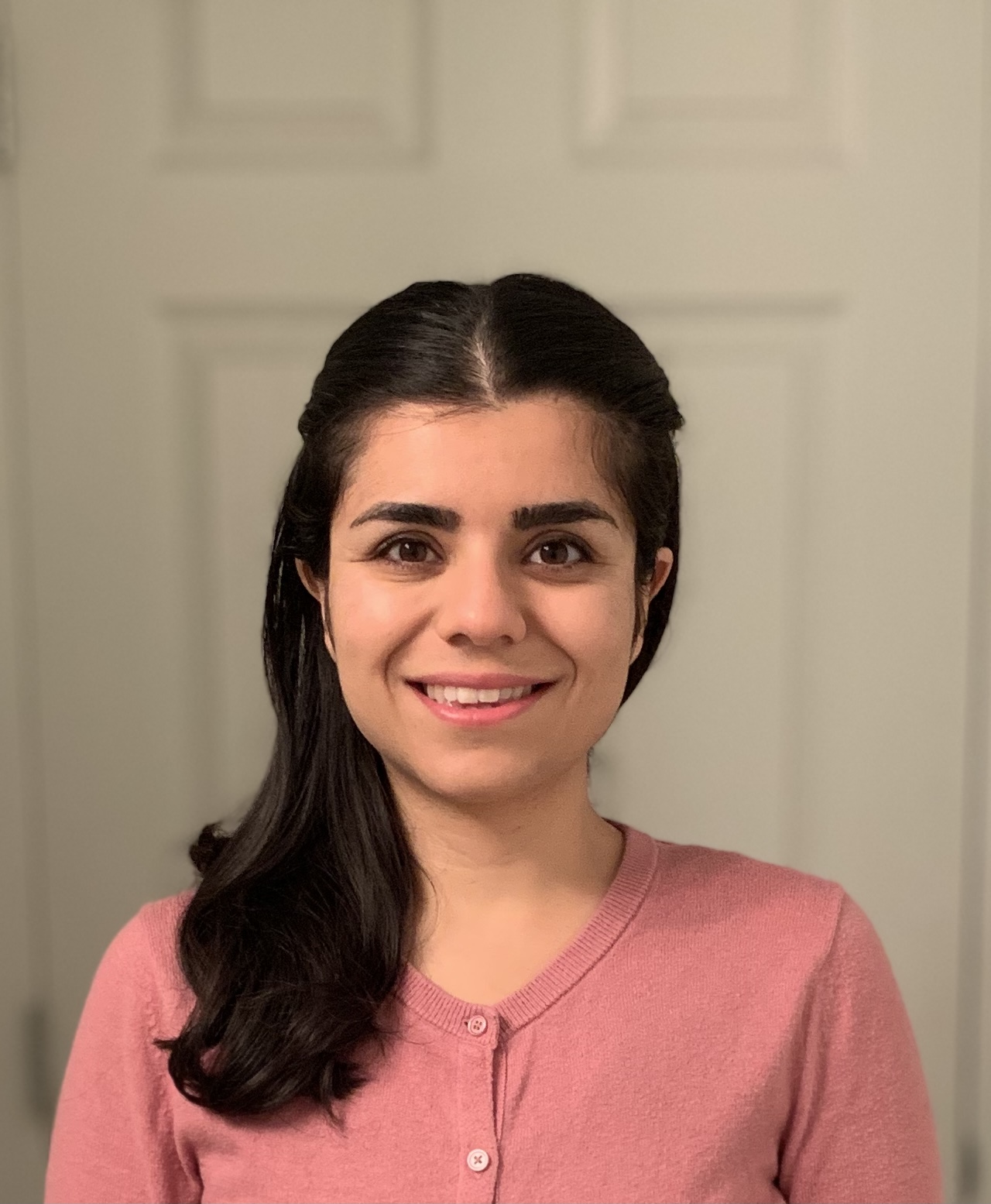
Ghazal Ebrahimi
PHSA Energy andEmissions Manager

Mehrdad Gharibnavaz
Providence Health CareEnergy and Emissions Manager

Kori Jones
Vancouver Coastal HealthDirector, Energy and Emissions

Kelly Lim
Vancouver Coastal HealthRegional Energy Coordinator

Jeson Mak
Fraser HealthEnergy and Emissions Manager

Cathy McDonald
Regional Thermal Energy Manager
Hana Nguyen
PHSA Energy Coordinator
FeatureD Story
VGH is on the path to becoming the first Canadian health-care facility to become ISO 50001 compliant
One of the biggest energy and environmental sustainability projects happening at Vancouver Coastal Health is one that most staff and patients won’t be able to see: The ISO 50001 Energy Management Systems Standard implementation at Vancouver General Hospital (VGH). The initiative was started in 2021, making VGH the first health facility in Canada to pursue ISO 50001 Energy Management System (EnMS) compliance.




